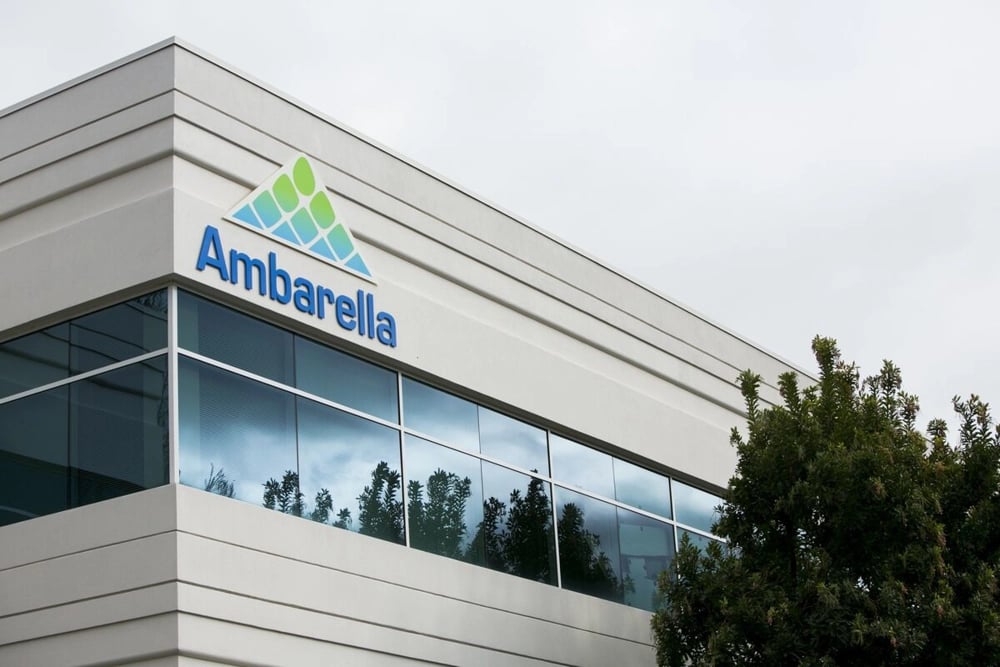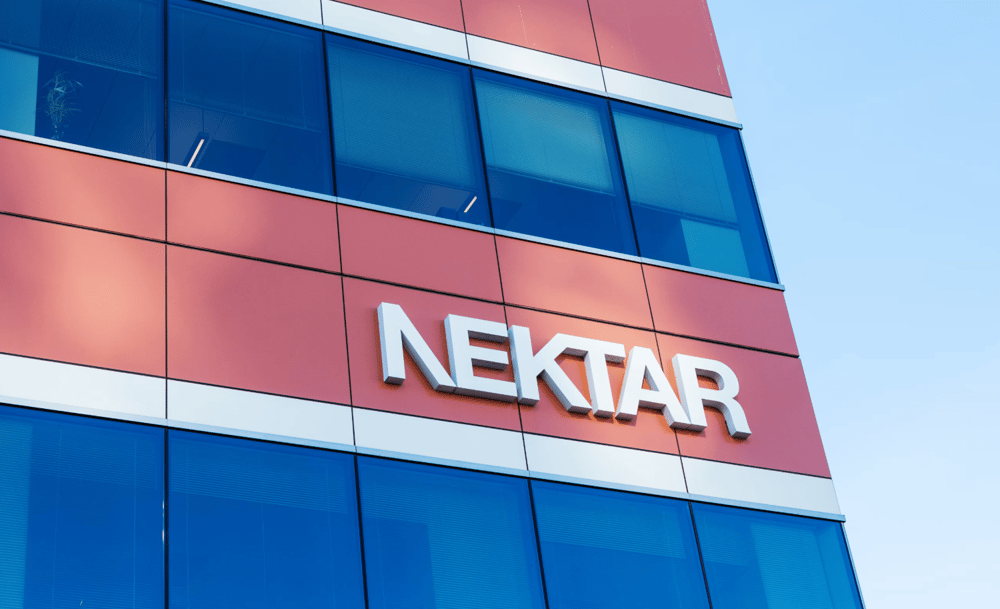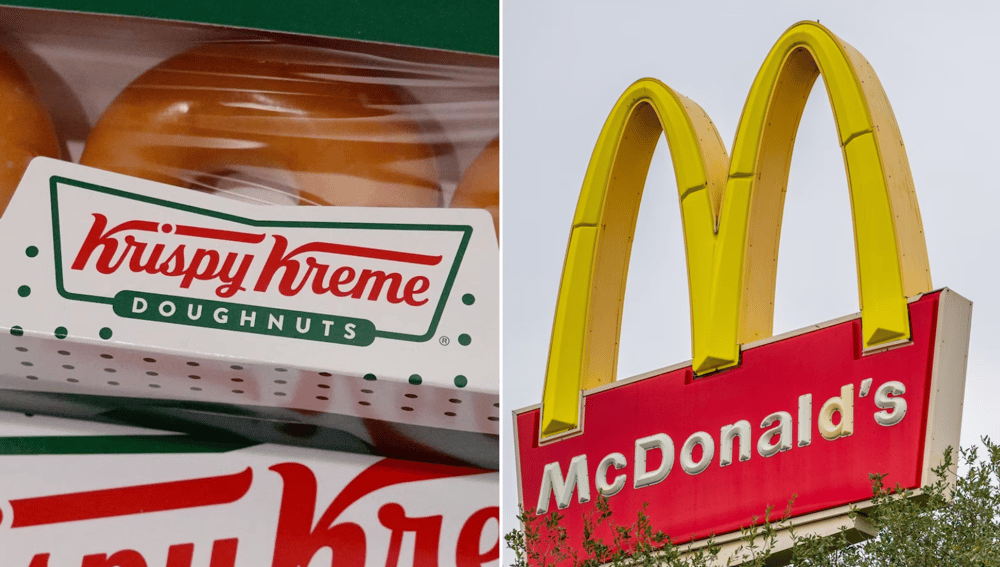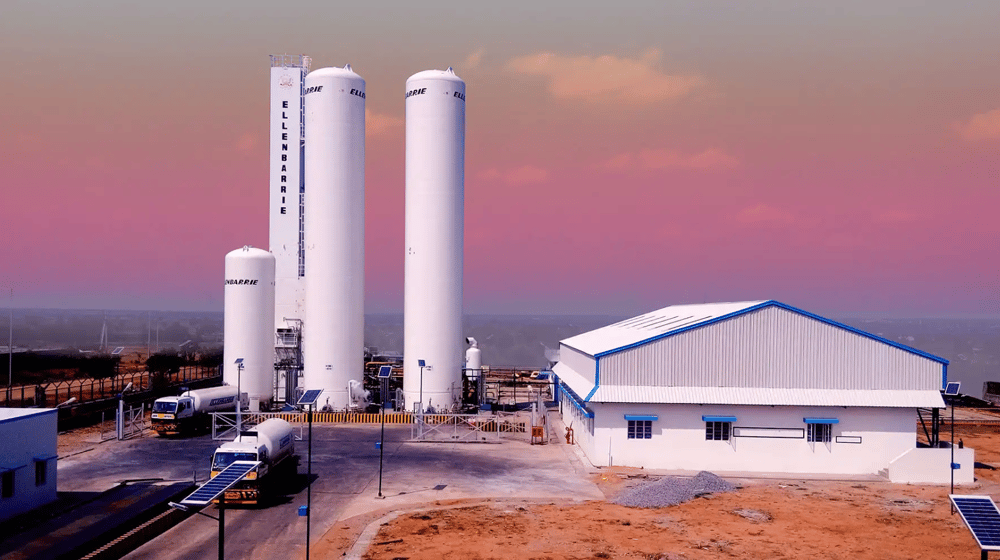Toyota’s Strategic Evolution The End of Gasoline-Only RAV4 in the US
Toyota Motor Corp. $TM is phasing out the gasoline-powered version of its top-selling US model, the RAV4. Starting with the next generation, set for launch later this year, RAV4 will be sold exclusively with hybrid or plug-in hybrid (PHEV) powertrains. This bold step follows the automaker's complete transition of the Camry sedan to a hybrid-only lineup in 2024, signaling a sharpened focus on electrified mobility in the American market.
Drivers Behind the Shift to Hybrid Technology
Multiple factors underpin Toyota’s pivot. Tougher emissions regulations, evolving consumer expectations, and competitive pressure have intensified the necessity for advanced, low-emission powertrain solutions. The popularity of the RAV4 in the US car market means that changes to its configuration reverberate through supply chains, dealership networks, and emissions profiles.

Key Developments Resulting from Toyota’s Decision
Hybrid market dominance – Eliminating the ICE RAV4 supports Toyota’s status as a pioneer in hybrid vehicles and widens lead over competitors.
Adaptation of supply chains – Component suppliers and manufacturing operations shift toward battery tech and hybrid components.
Product differentiation – Focusing on HEV and PHEV offerings allows TM to address tightening regulations while appealing to consumers seeking reduced environmental impact.
Market pressure on rivals – Other automakers in the compact SUV sector may hasten hybrid or electric offerings in response.
Consumer dynamics – Some demand for gasoline variants may pass to alternative models or brands, but electrified options are poised for accelerated growth.

Market Repercussions and Investor Outlook
Toyota's consolidation around hybrids, especially in high-volume vehicles like the RAV4 and Camry, is a deliberate strategy to maintain regulatory compliance (notably with anticipated updates at both federal and state levels), control transition costs, and avoid the margin disruption many competitors experience in rapid full-EV conversion. By leveraging its hybrid manufacturing expertise and supply partnerships, TM aims for a measured transition—sustaining revenue streams while future-proofing its US portfolio.
This hybrid-centric approach, providing flexibility as EV charging infrastructure matures, is likely to reinforce TM’s competitive position in the years ahead. Successful execution will depend on efficient resource allocation, battery availability, and timely response to consumer adoption patterns.















Comments
Such a move reinforces the importance of aligning strategy with the pace of technological change